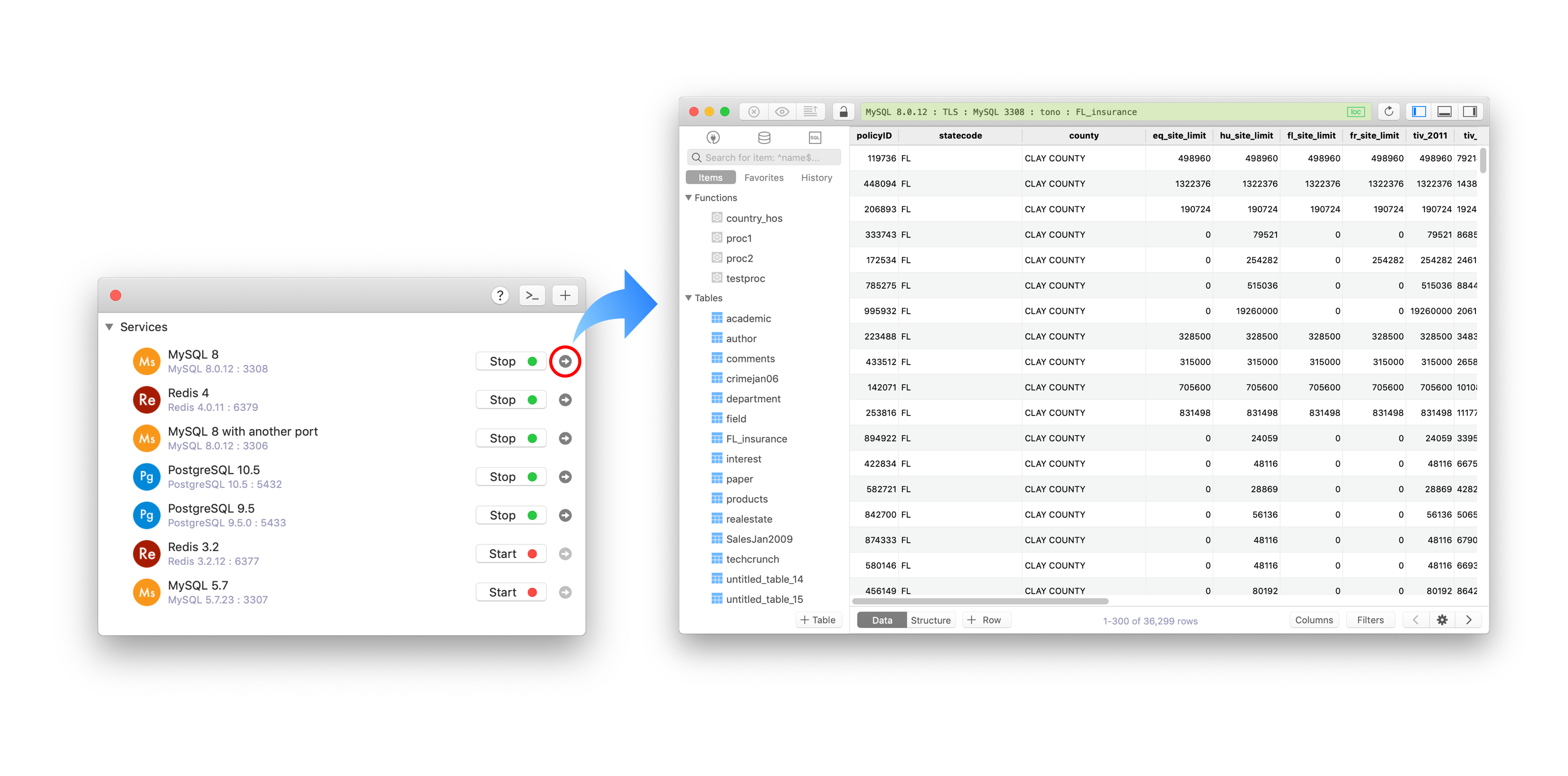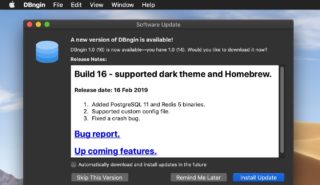

Note, if you want to uninstall any Preference Pane but don’t see this program in the Applications section, switch to the Extensions tab → Preferences Panes. Here you can select and remove unneeded MySQL’s leftovers. For this, in App Cleaner & Uninstaller, switch to the Remaining Files section.
#DBNGIN MAC MAC#
If you have already removed MySQL from the System Preferences window, check your Mac for its remaining files. So don’t forget to empty your bin to get rid of the application completely. By default, all files are removed into the Trash. Confirm the deletion with the appropriate button.

#DBNGIN MAC HOW TO#
Here is how to uninstall MySQL with App Cleaner & uninstaller: It allows you to remove applications entirely, and you don’t have to search for their support files anymore. How to delete MySQL with App Cleaner & UninstallerĪpp Cleaner & Uninstaller automatically detects all of the support files that each application creates and stores on Mac. We will show up how to do this with a few clicks with App Cleaner & Uninstaller’s help. Luckily, there is another way to uninstall the Mac MySQL server. Using the Terminal commands is more for computer geeks, and some users prefer to avoid using it. Now MySQL should be uninstalled completely sudo rm -rf /private/var/db/receipts/*mysql*.Edit /etc/hostconfig and remove the line MYSQLCOM=-YES.sudo rm -rf /Library/PreferencePanes/My*.sudo rm -rf /Library/StartupItems/MySQLCOM.After each command you need to press Enter. Type the command below and press Enter.Check MySQL processes that are working in the background.

*After each command, you have to press Enter. We will show how to do this using the Terminal command line.īack up your data to text files with the following command: Now you need to remove the MySQL database. In the MySQL Instances tab, click the Uninstall button.For this, go to the Apple menu and select System Preferences. Please, carefully follow each step from the guide below to get rid of all of the support files of MySQL. MySQL is a preference pane that can be found in the System Preferences window. From this article, you will learn two ways on how to uninstall MySQL from Mac. If you don’t use MySQL, then you should better uninstall it from your Mac and don’t allow useless files to take up valuable space on your disk. In short, it is a database management system (DBMS), which allows you to connect to the database, run SQL queries and receive a response.
#DBNGIN MAC FOR MAC#
MySQL for Mac is a software tool used for most popular programming languages, like PHP, Java, Perl, C, C ++, and others.


 0 kommentar(er)
0 kommentar(er)
